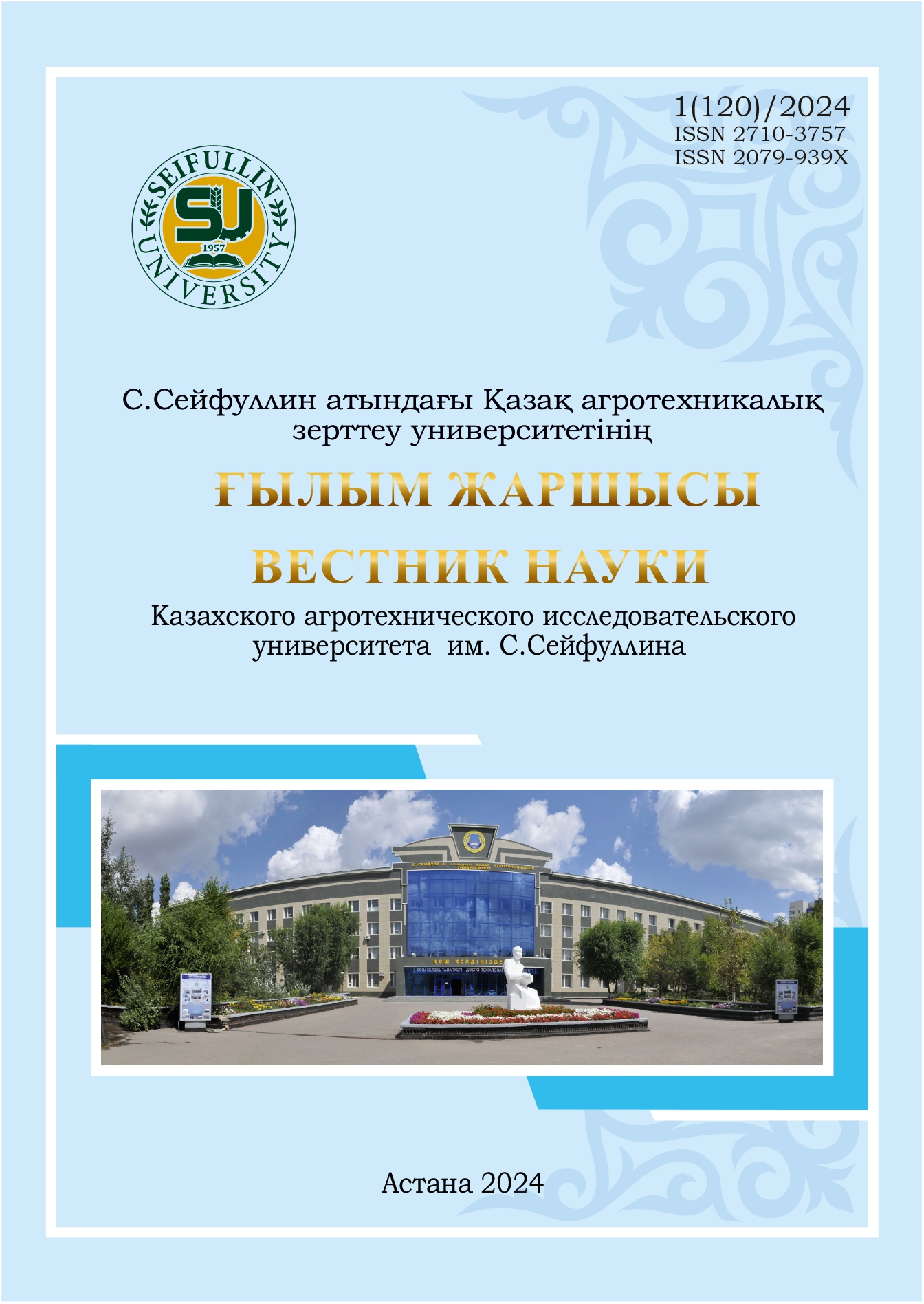ASSESSMENT OF HEAT EXPOSURE LEVEL IN CASE OF FOREST FIRE AND CALCULATION OF FIRE BARRIER WIDTH
DOI:
https://doi.org/10.51452/kazatu.2024.1(120).1588Keywords:
forest fire; ground cover; flame front; heat flow; combustion; flammability; fire barrier.Abstract
The density of radiant heat flux during forest fires was assessed. It has been established that the level of heat load depends more on the temperature of the flame than on its height and width. It was established that the level of heat load depends to a greater extent on the temperature of the flame rather than on its height and width. Thus, when the ground cover burns, with a fire temperature of about 1070 K, the level of thermal impact does not exceed 40 kW/m2. For wood, the heat load is slightly higher and amounts to 50-60 kW/m2, which exceeds the flammability parameters of forest vegetation and requires the creation of fire barriers of increased width. Based on data on the distribution of heat load from the flame front and the flammability of forest combustible material, a method for cal-culating the width of fire barriers, adapted for drought conditions with a soil moisture level of 10-30 % is proposed.

